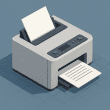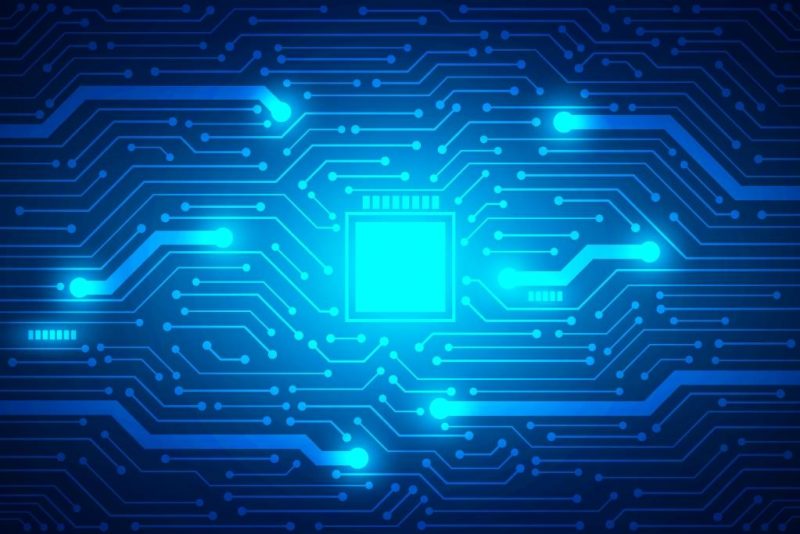Printed circuit boards are all around you. Whether you’re accessing this website from a mobile device or computer, PCBs make it all possible. In a world so dependent on technology, it’s no wonder the design and manufacturing of circuit boards is crucial to our everyday lives. However, although PCBs are such an integral part of our world today, not many people know much about them. With that in mind, here are seven fun facts about printed circuit boards:
Helped NASA Get Into Space
PCBs were a vital part of the NASA space program. These tiny boards helped get astronauts aboard the Apollo 11 safely to the moon and back. They were so important in space travel because they require very little energy and are extremely lightweight, making it the ideal solution for traveling in small spaces with limited electricity supply.
These PCBs are still necessary for outer space missions today, and have developed extensively since the days of Apollo 13. In fact, about 70% of a spacecraft is comprised of electronics, and the majority of those electronics house PCBs.
Generally speaking, about 30% of printed circuit boards coming into North America go to military and aerospace markets. And during a peak period in August 2016, that number reached 45%.
PCB is a Massive Industry
As previously mentioned, printed circuit boards are all around us, in all the technology that we use. As such, it’s a pretty massive industry; in 2014, the global printed circuit board industry was worth $65.5 billion. Since 2012, it has continuously grown. Moving forward, as technology progresses, the importance of PCBs will also grow. Business owners and intrigued tech enthusiasts can even learn how to make a PCB on their own, or order personalized circuit boards to suit their needs.
No One Knows Why They’re Green
The common printed circuit board is the color green. But there are only speculations as to why PCBs are made using this iconic shade of green; after all, they can be printed using any color. Although there are no concrete answers, there are some theories as to why this is. Some believe the color green was instituted and become commonplace because of the American military, who considered green in PCB design to be standard regulation.
Others believe PCB manufacturing companies simply want to stick with this color because green was the original color of the solder mask (the thin layer of polymer applied to copper traces). No one knows for sure.
They’ll Be Biodegradable in the Future
The PCB technology is constantly evolving. Today’s PCBs are made and behave differently than when they were first created. In the future, you can expect to see biodegradable PCBs. Currently, consumer electronics discarded in the western world find themselves back over in Asia, where they end up in massive electronic wastelands. Every year, over 20 million tons of electronic waste is sent overseas and left in landfills. This eventually leaks chemicals into the oceanâincluding mercury, cadmium, and lead.
Today, recycling electronics can pose more of a problem, thanks to the smaller sizes of devices and increasingly complex parts. Scientists at the University of Illinois Urbana-Champaign are currently working on a functional printed circuit board that disintegrates when it comes into contact with water. This could have a major positive impact on our Earth.
The Majority of Them Come From Asia
Already, the majority of PCBs come from the Asia-Pacific region. According to Technavio, by 2020, this region will account for 85% of all sales. If you look at the market share from a geographical point of view, China controls the majority of the PCB market at 43%âcompared to North America’s share of just 5. South Korea comes in second, with 16% of the market.









